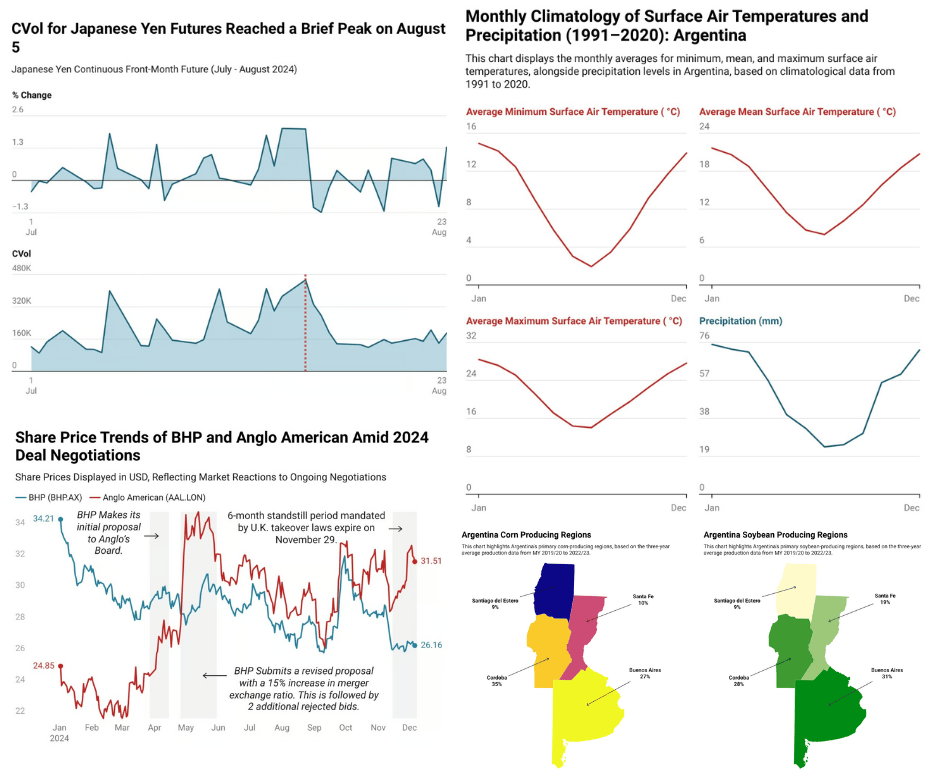
AI and Water
As discussed in Part 1 of this series, the lack of liquidity in water futures could serve as a catalyst for increased corporate demand for an instrument to hedge water price volatility. AI systems such as ChatGPT or Perplexity consume significant amounts of water, primarily through data center operations. For example, ChatGPT uses approximately a quarter gallon of water for every 40-100 queries, while training large language models like GPT-3 required over one million gallons of water according to Bluefield Research.
Cooling Systems
Data centers rely heavily on cooling systems to maintain optimal operating temperatures.
A typical 1-megawatt data center consumes approximately 25.5 million liters of water annually for cooling purposes.
During the cooling process, water evaporates, rendering it unavailable for reuse.
Major tech companies have also reported dramatic increases in water usage. Between 2021 and 2022, Microsoft’s water consumption rose by 34%, reaching 1.7 billion gallons, while Google’s usage increased by 22% to 5.56 billion gallons. On a global scale, AI-related water consumption is projected to reach between 4.2 billion and 6.6 billion cubic meters by 2027.
Beyond data center operations, semiconductor manufacturing is another highly water-intensive process. The materials used in chip production, such as silicon, germanium, and gallium, all require substantial amounts of water. Producing a single 300mm wafer demands approximately 2,200 gallons of water, including 1,500 gallons specifically for ultra-pure water. According to a report from S&P Global, semiconductor manufacturing facilities are already consuming as much water as the 7.5 million residents of Hong Kong.

Meet the AI tool fighting against bias and censorship: Venice.ai
Break free from biased and censored AI. Venice uses leading open-source tech to deliver unrestricted machine intelligence, while preserving your privacy. Try it now for free, or upgrade to Pro with code BEEHIIV for 20% off.

Implications for Water Futures
The original catalysts discussed in Part 1 of this series on water futures were heightened climate risks and the growing demand from users seeking to hedge against water price volatility. Water futures could see increased activity, particularly for corporate hedging, as the growth of data centers becomes more widespread.
Recursive System Illustration
AI system as discussed previously are now increasingly used to predict water consumption and manage resource scarcity, but their own water-intensive operations amplify demand for this critical resource. This creates a feedback loop where AI-driven water demand increases stress on water supplies, making water futures more attractive for hedging and speculation, while also reinforcing the reliance on AI for resource forecasting and market insights.
Step 1: As AI adoption grows, it drives greater water consumption, increasing stress on water resources.
Step 2: This stress amplifies the importance of predictive tools like AI, which highlight the need for mechanisms to manage water scarcity, including water futures.
Step 3: The rising demand for water futures markets feeds back into the financial system, potentially incentivizing more speculative activity and investment.
Step 4: Enhanced market activity could provide further data and signals, influencing resource allocation and water-related policymaking.
Heightened awareness of water scarcity makes water futures more attractive to businesses and investors seeking to hedge against price volatility or scarcity risks. As more entities engage in water futures trading, the market generates additional data and insights, influencing policymaking and resource allocation, which can further drive AI adoption to optimize water use.
Demand from Corporations
Corporations operating major data centers are undoubtedly aware of the price risks associated with using water for cooling. However, the need to manage this risk through a regulated market may be mitigated by grants provided by various states. For example, in 2019, Google requested or was granted over 2.3 billion gallons of water for data centers across three states, as reported in public records and legal filings. Nevertheless these subsidized offerings may not always be easy to obtain so an instrument like NQH2O could prove useful in the long run.
In 2019, Google planned a data center in Mesa, Arizona that got a guarantee of up to 4 million gallons of water a day. But as Insider's Alistair Barr recently pointed out, Arizona is already facing a water shortage that could put the brakes on some of these types of deals.

2 Cards Charging 0% Interest Until 2026
Paying down your credit card balance can be tough with the majority of your payment going to interest. Avoid interest charges for up to 18 months with these cards.

Congratulations on making it to the end, while you’re here enjoy these other newsletters and be sure to subscribe to The Triumvirate before you go.

Interested in How We Make Our Charts?
Some of the charts in our weekly editions are created using Datawrapper, a tool we use to present data clearly and effectively. It helps us ensure that the visuals you see are accurate and easy to understand. The data for all our published charts is available through Datawrapper and can be accessed upon request.












